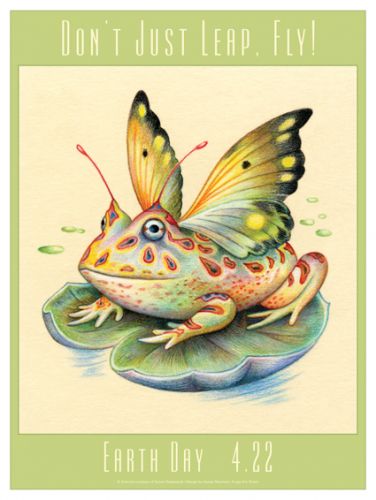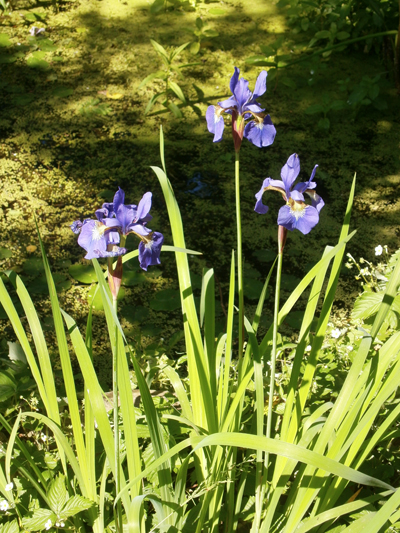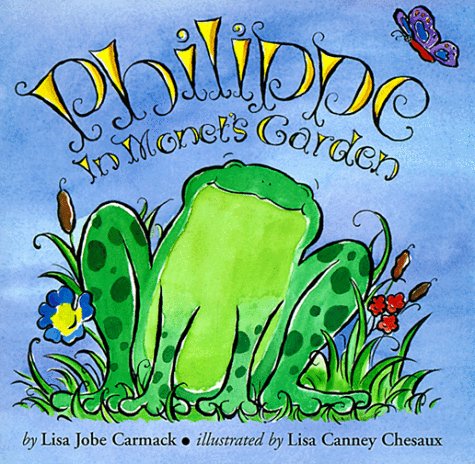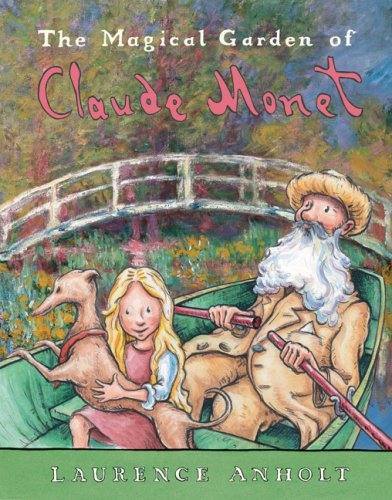Frogs Are Green founder, Susan Newman interviews Allison Green about her large-scale, exquisite paintings of nature. Here’s what Allison shares with us:
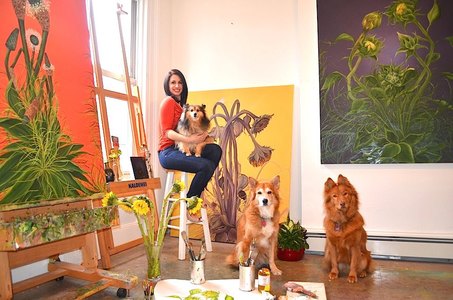
It’s hard to say exactly why I paint nature – but I am sure that it roots from my childhood life in Pennsylvania, where I grew up in a house on the perimeter of a lush forest. Memories of a childhood which revolved around nature are deep within me, especially today, as I have been living in the city for the last 20 years. Sometimes I wonder if I paint nature because I long for those lush forests of my childhood, or if it is the stories in those trees which still resonate so deep with in that I feel the need to let them out. Or, maybe it’s a combination of both.

April Roses, 2013 – Oil on Canvas, 48″ x 48″
These days, while I still love exploring vast forest and other pristine terrain, I have become most inspired by urban nature – from cultivated gardens like the High Line and the New York Botanical Garden, to the wildest of plant life that seems to sprout everywhere throughout the city and streets.
My inspiration often comes from the smallest details of a plant, such as the complex anatomy of a tiny, overlooked weed, the gnarled bark on an old, giant tree in the park, or those resilient vines growing up the sides of buildings in the summertime.

Eve, 2010 – Oil on Canvas, 30″ x 24″
In my most recent paintings, I’ve also become fascinated with the delicate and complex reproductive relationships between plants and insects. A swarm of bees pollinating a pair of desirable lotus flowers, while mating snails hide within an ever-evolving rose bush are examples of new imagery in which I seek to capture the magical and surreal natural world.
In addition, I’ve become fascinated by the way all life forms change, evolve and become something very different along the way. “Everything Changes”, my latest series, documents different phases in a plant’s life cycle, along with depicting insect/plant relationships.
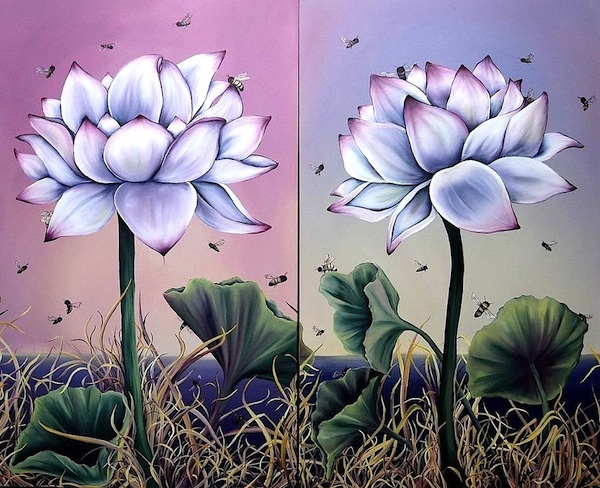
Pollinate Me (lotus flowers with pollinating bees) 2014, Oil on Canvas, 60″x72″
Nature is such an amazing, endless source of inspiration. And as humans are putting it in jeopardy in so many different ways, it has become an even more important subject in my mind. Whether it be to find beauty in a simple weed, cherish a neighborhood tree, or to realize the perfection of most common little bug, I hope that my work can inspire someone to look at plant life and all of nature in a new way every day.
— Allison Green, Jersey City Artist
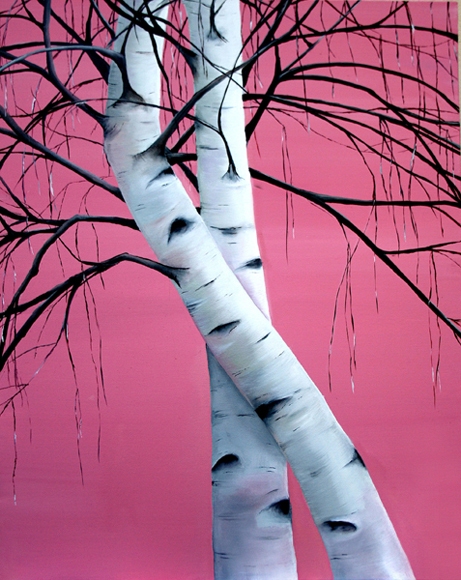
Lovers, 2010 – Oil on Canvas, 60″ x 48″
Currently Allison resides and works in downtown Jersey City, where she creates large-scale oil paintings. Her first solo exhibition, “Deeply Rooted”, opened in March 2011 at Susan Eley Fine Art in New York City. A second solo show at SEFA, “Entwined”, opened in September 2012 and features a fully illustrated catalog with an essay by Lilly Wei. Green’s work is now included in the Brooklyn Museum Elizabeth Sackler Feminist Art Base, and her paintings were recently exhibited at PULSE NY in spring 2013.
Green holds a BA from the University of Maryland with a concentration in Fine Art and Women’s Studies. She also studied at Studio Art Centers International (SACI) in Florence, Italy in 1995.

Sienna Thicket (Thicket #4) 2011, – Oil on Canvas, 48″ x 48″

